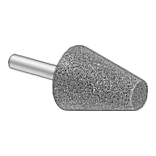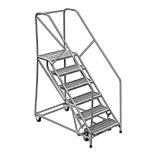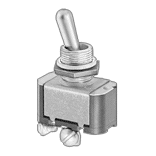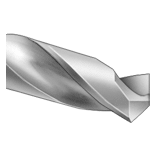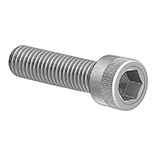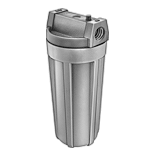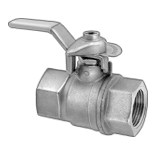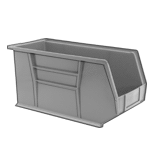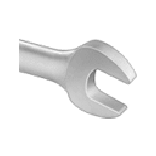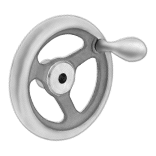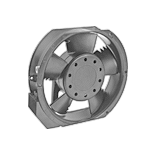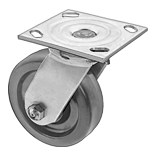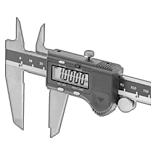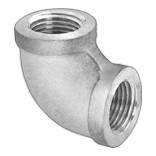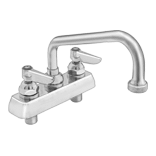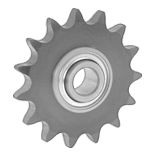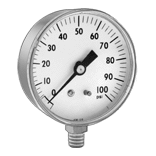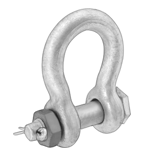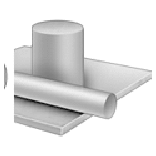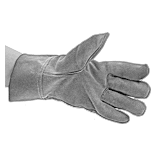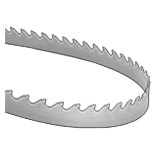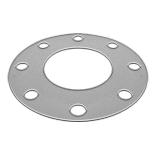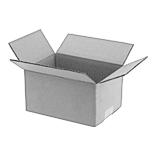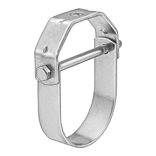How to Identify and Measure Fittings
Pipe size is an industry designation, not the actual size. View information about how to measure threaded and unthreaded pipe and pipe fittings.
More
Metal Cam-and-Groove Hose Couplings
for Chemicals and Petroleum
Made of metal, these couplings have better durability than plastic cam-and-groove couplings. A complete coupling consists of a plug and a socket (both sold separately) that allow you to quickly connect and disconnect medium-to large-diameter hose lines. To connect, insert the plug into the socket and press the levers down. The levers fit snugly into the groove on the plug’s body and force the plug against the gasket to form a tight seal. To disconnect, lift both levers and pull out the plug. Couplings are compatible with Andrews, Dixon, Ever-Tite, and PT cam-and-groove couplings.
Aluminum fittings are lighter in weight than 316 stainless steel fittings. They have good corrosion resistance. 316 stainless steel fittings have excellent corrosion resistance.
Note: To ensure a correct fit, make sure that the plug and socket have the same coupling size.
Warning: Relieve all pressure before disconnecting the couplings. Do not use cam-and-groove couplings with compressed air or gas.
For technical drawings and 3-D models, click on a part number.

- For Use With:
Aluminum: Diesel Fuel, Gasoline, Hydraulic Fluid
316 Stainless Steel: Citric Acid, Diesel Fuel, Gasoline, Hydraulic Fluid - Temperature Range: -40° to 200° F
- Compatible With: Dixon Cam-and-Groove
Adapters with railroad tank car threads have a standard 5" swivel nut for offloading a railroad tank car.
